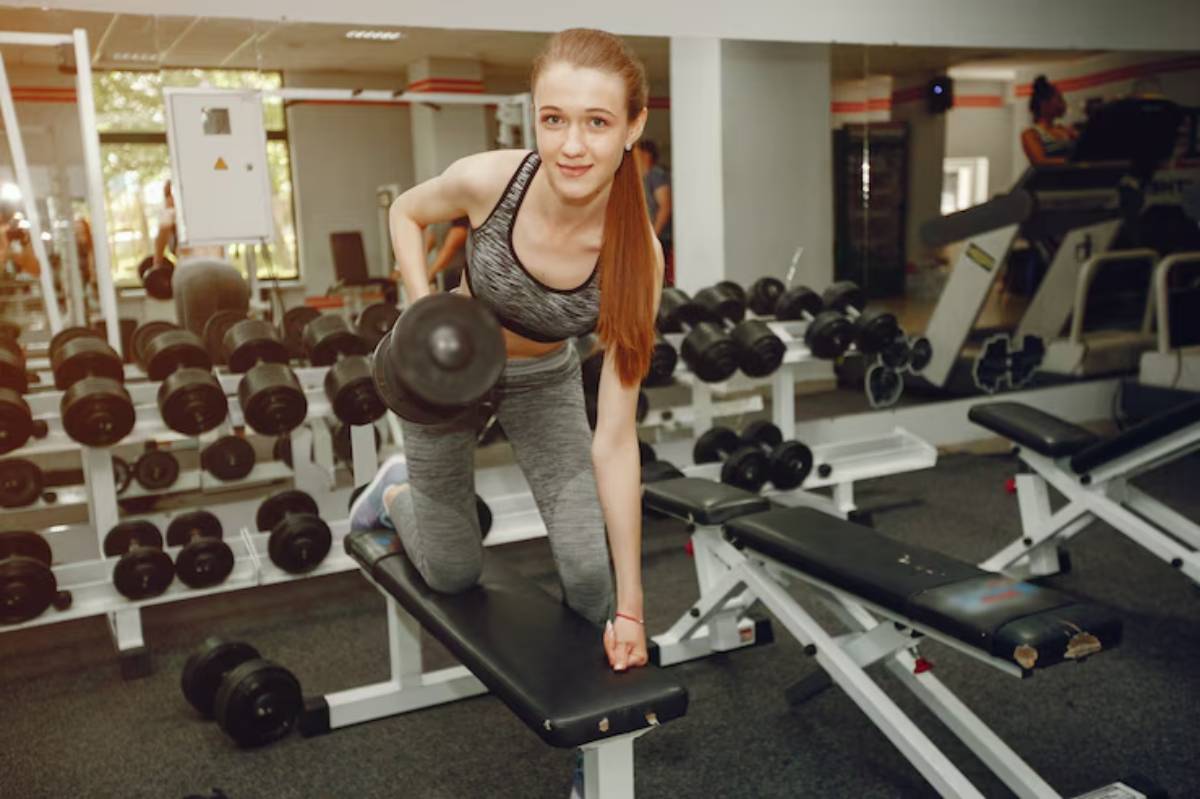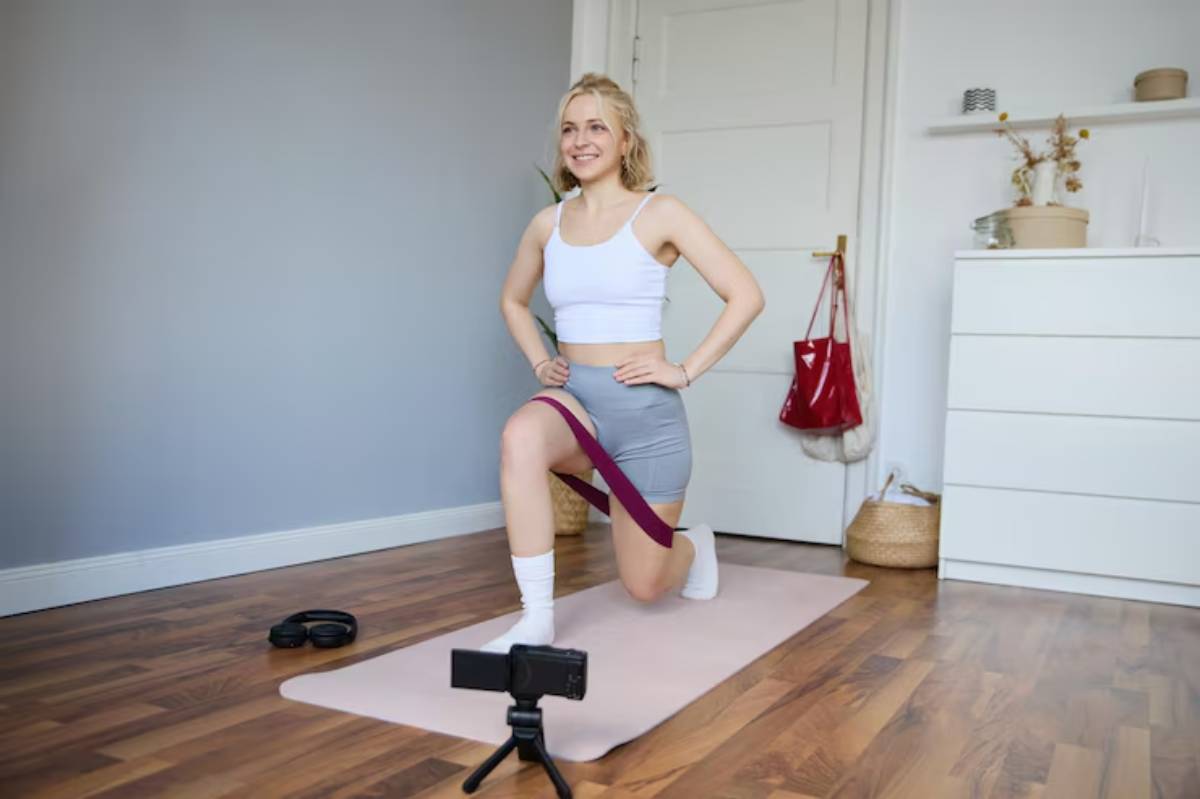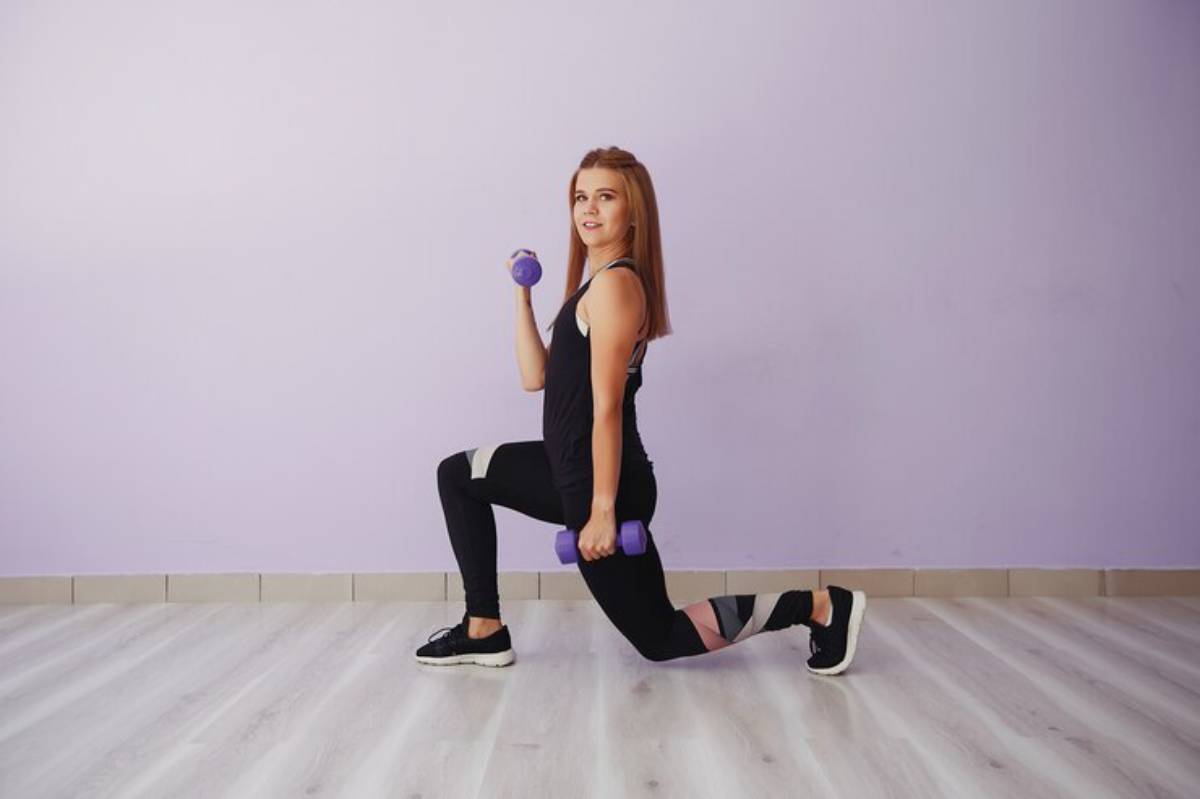
The Ultimate Beginner Weight Training Guide for Women
Walking into the gym for the first time can feel overwhelming, especially when you’re surrounded by weights, machines, and seasoned lifters who seem to know exactly what they’re doing. If you’ve ever hesitated to start strength training because you didn’t know where to begin, you’re not alone.
But here’s the truth: weight training is one of the most empowering things you can do for your body. It builds strength, boosts metabolism, enhances posture, and improves body composition — all without the need for hours of cardio or extreme dieting. The best part? You don’t have to be an athlete or already fit to get started.
This guide is designed specifically for women who want to learn how to lift — safely, smartly, and sustainably. We’ll cover what you need to know about form, structure, mindset, and progress. Whether you’re stepping into the gym for the first time or picking up dumbbells at home, this is your roadmap to lifting with confidence.
Why Weight Training Is Essential for Women
It’s not just about aesthetics
Sure, lifting weights can help tone your arms, define your legs, and shape your waist. But the benefits run deeper:
- Increased strength for daily life (lifting kids, groceries, or luggage)
- Improved bone density — crucial for preventing osteoporosis later in life
- Better posture and spinal alignment
- Enhanced mood and mental resilience thanks to endorphins and routine
- Boosted metabolism through lean muscle mass
Lifting weights isn’t just for men or bodybuilders — it’s for anyone who wants to feel strong, capable, and energised.
Common Fears Women Have — and Why They’re Myths
“I’ll get bulky.”
This is the biggest myth out there. Women have lower testosterone levels than men, making it physiologically harder to build large muscles. What you’ll build instead is tone, definition, and sleek strength.
“I won’t know what I’m doing.”
That’s where this guide comes in. Start with foundational movements, focus on form, and give yourself space to learn.
“People will judge me.”
Most gym-goers are far more focused on their own workouts than yours. In fact, many admire beginners who are brave enough to start.
The Basics: What You’ll Need

Before you hit the weights, here’s what to bring or wear:
- Comfortable, breathable workout gear
- Supportive trainers with good grip
- Water bottle and towel
- Optional: Resistance bands, notebook or app to track progress
Your Beginner-Friendly Weight Training Plan
Focus on the “Big 5” Movement Patterns
Rather than jumping between random exercises, start with the movements that recruit the most muscles — these build your base.
- Squat – Targets legs and glutes
- Hinge – Think deadlifts; strengthens hamstrings and back
- Push – Chest presses or push-ups for the upper body
- Pull – Rows and pulldowns for back and biceps
- Carry or Core – Planks, farmer’s carries, or twists
These movements form the core of most strength programmes, including more advanced routines like the 4-day upper/lower training plan.
Weekly Training Schedule for Beginners
Aim to lift 2–3 times per week with a day of rest in between.
Example Schedule:
- Monday – Full Body Strength
- Goblet Squat – 3×10
- Dumbbell Deadlift – 3×10
- Push-Ups (incline or knee) – 3×8
- Dumbbell Row – 3×10
- Plank – 3×20 sec
- Wednesday – Lower Body Focus
- Step-Ups – 3×12 each leg
- Glute Bridge – 3×15
- Dumbbell Romanian Deadlift – 3×10
- Wall Sit – 2×30 sec
- Bird-Dog – 3×10 each side
- Friday – Upper Body Focus
- Dumbbell Shoulder Press – 3×10
- Resistance Band Row – 3×12
- Bicep Curls – 2×12
- Tricep Kickbacks – 2×12
- Side Plank – 2×15 sec each side
This plan aligns well with routines designed to build upper back strength and posture, and prepares you for intermediate training as you progress.
How to Use Weights Safely and Effectively

Start light, but stay challenged
Use weights that allow you to complete 8–12 reps with good form. You should feel muscle fatigue by the last rep, but not so much that you lose control.
Prioritise form over speed
Good form protects you from injury and ensures you’re working the right muscles. Mirror work or recording yourself can help track alignment.
Progress gradually
Increase weights, reps, or sets slowly — around every 2–3 weeks. This is called progressive overload, and it’s the key to strength and results.
Signs of Progress (That Aren’t the Scale)
Weight training transforms your body in ways a scale can’t measure:
- You’re lifting heavier weights than last month
- Clothes fit better or differently
- You move with more confidence and less fatigue
- Your posture and body awareness improve
- You feel mentally stronger and more motivated
Track your wins in a notebook, app, or journal — these changes are worth celebrating.
How to Stay Consistent (Even When Life Gets Busy)
- Schedule workouts like appointments
- Train with a friend or follow an online coach
- Keep dumbbells or bands at home for quick sessions
- Mix up your playlists to boost mood
- Celebrate small milestones: your first unassisted push-up, a heavier lift, or consistent weeks
The Mindset Shift That Makes It Stick
Weight training is more than physical — it’s emotional too. It teaches discipline, resilience, and how to keep showing up even when it’s hard. You’ll learn to:
- Stop fearing failure
- Trust your body’s strength
- Redefine what “fit” means
- Take up space unapologetically
Once you experience your first strength gains, it’s hard to go back. You’ll realise it’s not just about the body — it’s about the confidence you build along the way.
Real Women, Real Stories
Anaya, 29 – Writer:
“I used to feel completely out of place in the gym. This guide helped me walk in with a plan, and now I look forward to lifting. It’s honestly changed my relationship with fitness.”
Deepika, 37 – Mum of two:
“I didn’t think strength training was for me. But starting with squats, push-ups, and dumbbells made it accessible. I’m stronger now than I was in my twenties — inside and out.”
Strong Starts Here

Starting your weight training journey as a woman doesn’t require perfection. It requires a little courage, a bit of structure, and a lot of self-trust.
With this guide, you have a plan that’s simple, effective, and designed for real life. Focus on progress, not perfection. Tune into your body. Celebrate every step.
Because every rep you lift builds not just strength, but self-belief.


